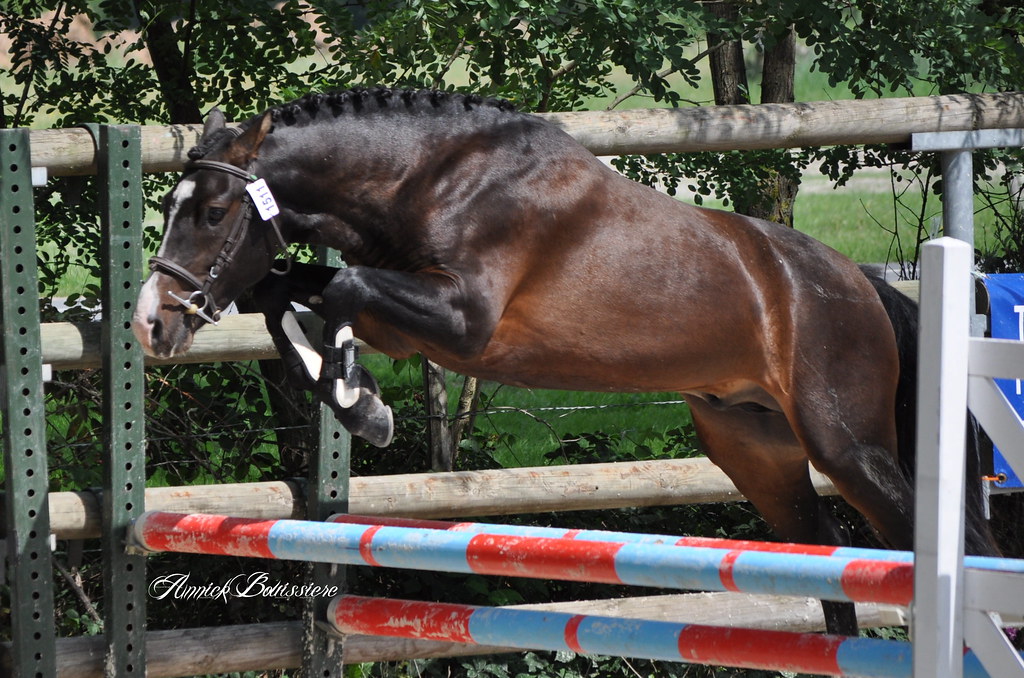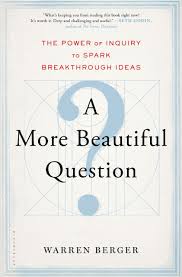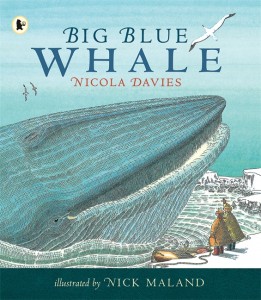 elevage le courtal via Compfight
elevage le courtal via Compfight
I am constantly looking for ways to lower the bar for students while raising the level of thinking in our classroom. In fact, one reason I like a simple tool like the Notice/Wonder chart, which I first heard about through Vicki Vinton and Dorothy Barnhouse’s terrific book, What Readers Really Do, is that anyone can notice and everyone can wonder.1 The bar is low, but oh my, the thinking that emerges can be heady, indeed.
In that spirit, this past school year I played with a way to deepen our thinking about narrative text and to provide a way to generate a summary. It starts in a surprising place, though: the old SWBS chart. In the past, I’ve found that the Someone-Wanted-But-So chart gives students an easy entry into narrative text and helps them summarize what they are reading. The downside is that the tool often yields very simplistic and formulaic thinking. It becomes something to fill in, rather than a tool for thinking.
 After reading A More Beautiful Question last summer, I decided to add a thinking protocol, called the Five Whys, to deepen our SWBS thinking. 2 The procedure is simple: ask five “why” questions about a single proposition. Since the SWBS chart is a series of propositions, and since one of the key aspect of any narrative is the conflict between the desire of a character and the ways that the real world impinges on the character’s desires — basically between the W (wanted) and the B (but) — I asked the children to focus on these parts when asking Five (or so) Whys.
After reading A More Beautiful Question last summer, I decided to add a thinking protocol, called the Five Whys, to deepen our SWBS thinking. 2 The procedure is simple: ask five “why” questions about a single proposition. Since the SWBS chart is a series of propositions, and since one of the key aspect of any narrative is the conflict between the desire of a character and the ways that the real world impinges on the character’s desires — basically between the W (wanted) and the B (but) — I asked the children to focus on these parts when asking Five (or so) Whys.
To introduce the protocol, I asked the children to think about a simple story like Cinderella.
In the past, a student might have summarized the story something like this:3
- Cinderella was a girl who lived with her step-mother and step-sisters. She had to do much of the work around the house. (S)
- She wanted to go to the ball. (W)
- But her step-sisters would not let her. (B)
- So a fairy godmother helped her go the ball where she met the prince. (S)
- Then, the clock struck midnight and the magic wore off, she left and dropped her glass slipper on the way out. (T)
- Finally, the prince slipped the glass slipper he found on Cinderella’s foot and they lived happily ever after. (F)
The frame helps with the re-telling of the story, but look what happens when you add in the Five Whys protocol, especially to the W/B segments.
Proposition: Cinderella wanted to go to the ball. (W)
- Why might she want to go to the ball?4 So she could marry the prince.
- Why might she want to marry the prince? Ah…now you can see this going someplace interesting. Why, indeed? There are several places the kids went with this:
- a) Because she is poor and marrying him would make her rich. Why might she have to marry a prince in order to not be poor?
- b) Because she wanted a more glamorous life than scrubbing floors and taking care of ungrateful step-sisters all the time. Why might she have to do all the work for her step-sisters? Or, Why might she have to marry to get the life she wants?
Now we can see that these questions, only 3-deep, bring us to some interesting places. Given questions like these, we might go back into the story to try to understand Cinderella’s character better. What was it about her that made it difficult to stand up to the step-sisters? Or, conversely, what was it about their power that made it difficult to overcome? And, why is marrying someone else the answer this story provides?
Or, we might look outside the story to think about what options are “off the table” in a traditional fairy tale, options that would lead Cinderella towards a more independent solution to her desire.
I think what made it work was that the SWBS framework gave a “low-bar” way into the thinking. But the thinking didn’t stay low-bar because we layered the Five Whys protocol on top of our initial thinking.
All of this makes me wonder whether one key to deeper thinking is contained not so much in the doorway through which we enter a project, so much as how — or simply, that — we follow-up on the initial thinking.
At any rate, I was impressed with the simplicity of the protocol. I’ll be exploring it more next year.
- I’ve been interested to see how Joe Schwartz (Exit 10A) is making use of this tool in math. Schwartz has altered tasks like “textbook” questions by removing the culminating question, leaving just the description of a number story or the numbers of a number sentence. Then he asks the children to notice and wonder given the information he’s provided. Very cool, I think, for two reasons: 1) it lowers the bar for participation so everyone can begin thinking; 2) it makes a habit of these two thinking practices by making thinking visible. See the work of Harvard’s Project Zero for more about making thinking visible. ↩
- This protocol is used by one of the major Japanese auto companies, Honda, I believe, as a thinking heuristic. ↩
- Several years ago I asked students to consider adding an additional Then/Finally to the frame. ↩
- By the way, I try to get the kids to use the word “might” whenever they ask a question because it elicits provisional-type thinking, rather than absolute “thesis-type” thinking. A thesis can come later. ↩

 We began by studying several of Seymour Simon’s descriptions. You can pick just about any of his books since they are filled with great description. We ended our study with Nicola Davies’ short description of the outside of a blue whale from her book,
We began by studying several of Seymour Simon’s descriptions. You can pick just about any of his books since they are filled with great description. We ended our study with Nicola Davies’ short description of the outside of a blue whale from her book, 
 The children each took a piece to study. They measured against the tiles on the floor; each stem was between 5 and 8 feet tall! They marveled at the size. They marveled at how different turf grass is from prairie grass. And how similar, too.
The children each took a piece to study. They measured against the tiles on the floor; each stem was between 5 and 8 feet tall! They marveled at the size. They marveled at how different turf grass is from prairie grass. And how similar, too.




